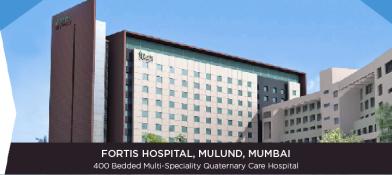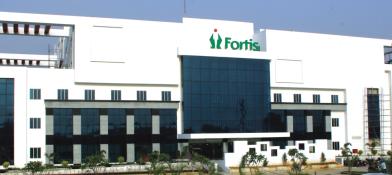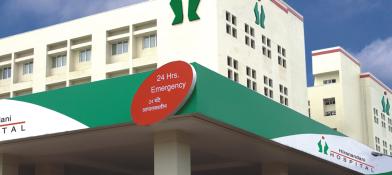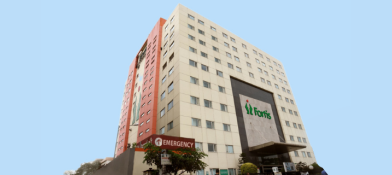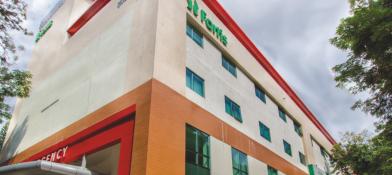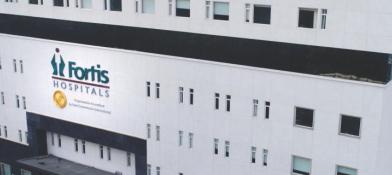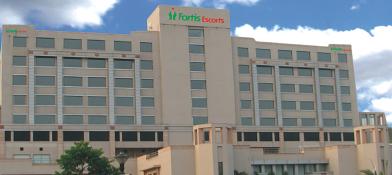Active Surveillance for Prostate Cancer
Introduction
Prostate cancer is found to be the second most common cancer among men globally with an estimated diagnosis to 1.3 million cases in 2018 and is expected to rise to 2.3 million cases by 2040. Early detection and treatment are the key factors for achieving favorable outcome for prostate cancers. However not all prostate cancer requires immediate, aggressive treatment plan the alternate approach is active surveillance or active monitoring. Let us have a closer look at the concept of active surveillance for prostate cancer.
Purpose Of Active Surveillance:
Active surveillance assesses the behavior of cancer and monitors its progression over time to enable informed decisions tailored to individual circumstances. The system also helps to enable personalized treatment crafted to individual circumstances through close monitoring by regular screening and avoid aggressive or treatment overdose
Benefits Of Active Surveillance:
- Active surveillance helps to avoid over treatment or overdose of medications for prostate cancers. Research indicates that men diagnosed with low-risk prostate cancer may not require immediate treatment due to the slow growth of tumors.
- Active surveillance helps the individuals to bypass or avoid getting potential side effects such as urinary incontinence and erectile dysfunction and complications linked to treatments such as surgery or radiation therapy.
- Adhering to continues surveillance protocol can help men to maintain their quality of life by avoiding invasive treatment.
- The approach can help them to reduce the economic burden associated with higher end treatment and can save and reduce the cost of expenses related to surgical procedures, hospitalization, and the ongoing management of treatment-related complications. This approach can be helpful to people with limited financial resources and no or inadequate health insurance.
Monitoring And Follow-Up
For most ideal results, active surveillance necessitates regular check-ups and immediate treatment action if needed. The considerations for active monitoring include;
- It is a method of monitoring the progress of the disease where; usually the enlargement of the cancer is checked at regular basis using prostate specific antigen tests as well as digital rectal exams with periodic biopsies being done on one's prostate gland.
- The decision to keep an individual under active surveillance should be made by a team of multidisciplinary such as urologists or oncologists among others. The risks and benefits of active surveillance must be discussed based on personal factors like age, general health status, tumor characteristics and patient’s preferences.
Risk Reclassification And Stratification In Active Surveillance
During ongoing monitoring if there are signs indicating that the cancer may be progressing or becoming more aggressive than such persons could be moved into higher risk categories which means they could consider surgery or radiotherapy as treatment options.
Risk Stratification Tools
By using risk stratification tools, clinicians involved in cancer care can help estimate the chances of cancer and help with decision. These tools consider such factors as serum prostate-specific antigen (PSA) levels, Gleason score for biopsies taken from patients under surveillance programs, clinical stage, and extent of glandular parenchyma involvement by tumor.Among the commonly used risk stratification tools include:
- Epstein Criteria: It uses serum prostate-specific antigen levels, Gleason grade of biopsy cores involved, and number of cores taken to categorize patients into high, medium, or minimal risk groups.
- D'Amico Risk Classification: The prostate-specific antigen level (PSA), grade of biopsy and clinical stage determine the low, medium, and high-risk subgroups.
- National Comprehensive Cancer Network (NCCN) Guidelines: These present full PSA range based on both serum levels and clinicopathological characteristics including other clinical features thereby providing different strategies for management.
Psychological Support
- The diagnosis of prostate disease can be emotionally challenging. Still, anxiety may arise in men under surveillance because they are not sure whether the cancer is growing slowly or fast. Hence those persons on AS require psychological care, counseling or any group which can counsel them on how to cope with their current problems.
- Eligibility Criteria: This can be assessed based on interactive electronic prostate cancer network for preference to patients with minimal risk or favorable intermediate risk prostate cancer. Individual hospitals may have different conditions for qualification. However, common elements usually entail having a low level of prostate-specific antigen (usually less than 10 ng/mL), a Gleason score not higher than 6 (indicating weak cancer cells), and few prostate gland parts with cancer.
Active Surveillance and Watchful Waiting
Though alike in some respects, active surveillance is different from watchful waiting. Under this plan, the disease is continuously checked for any changes, and it can be treated if necessary. On the other hand, watchful waiting involves managing symptoms caused by the disease rather than trying to cure it. Here the emphasis is more on symptom control rather than cure attempts. People with other serious illnesses or who are suffering from advanced stages of this type of cancer may find this method suitable for them.
Factors Influencing Treatment Decisions
It's an individual decision to enroll in active surveillance and it is influenced by many factors such as age, overall health, life expectancy, personal choices, treatment side effects on quality of life and progression of cancer.
Prolonged Outcomes: So far, studies have indicated that active surveillance is both safe and feasible for the selection of men with low-risk or favorable intermediate-risk prostate cancer. Long-term results show that most men will not need immediate treatment and will enjoy good long-term cancer-specific survival rates. Although prompt compliance with ongoing monitoring and follow-up protocol are essential to identify any signs or symptoms of disease progression.
Treatment transition: In some cases, individuals on active surveillance may choose to transition to active treatment if there are indications of disease progression, changes in risk status, or if they become uncomfortable with ongoing surveillance. Treatment options may include surgery (radical prostatectomy), radiation therapy, or other targeted therapies, depending on the individual's specific circumstances.
Conclusion
Active surveillance is considered as a vigilant tool for low to intermediate-risk prostate cancer, allowing informed decisions and preserving quality of life. However, it is not advisable for everyone as it is purely based on individual factors and medical advice. Advancements in imaging and assessing risk factors can enhance this personalized management, minimizing unnecessary treatments and side effects.



